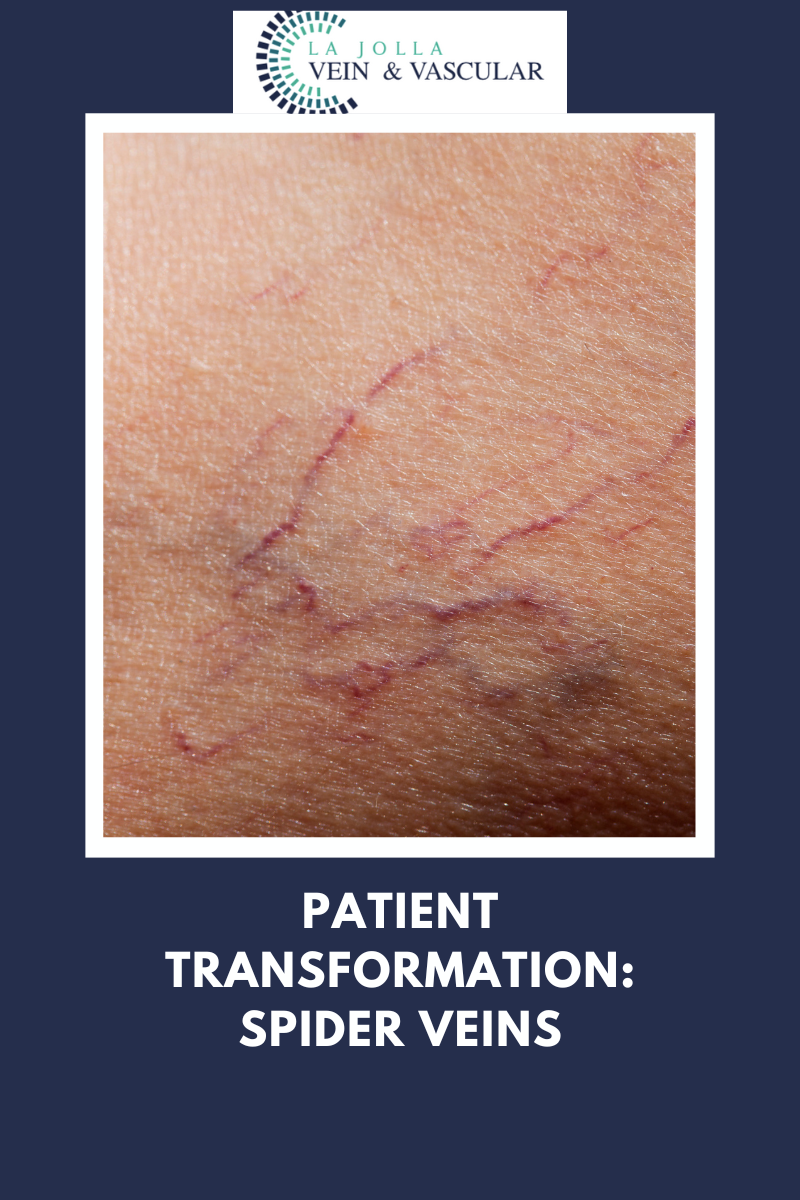Patient Reviews & Testimonials: La Jolla Vein & Vascular
LJVascular2023-05-24T12:50:52-07:00La Jolla Vein & Vascular is a state-of-the-art medical center dedicated exclusively to the diagnosis and treatment of vein and arterial conditions, below are some incredible patient reviews and testimonials.
The patients who have given reviews have been treated for one or multiple of our vein or vascular conditions. Vein […]












